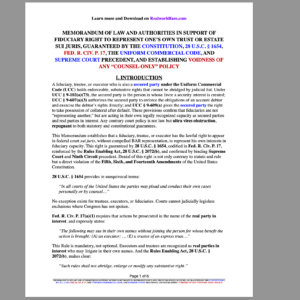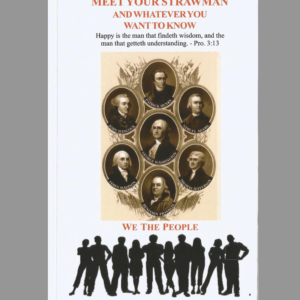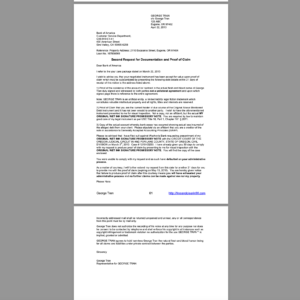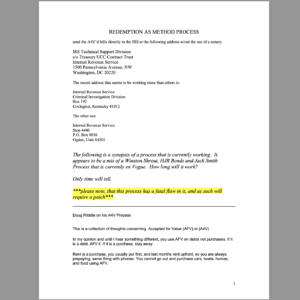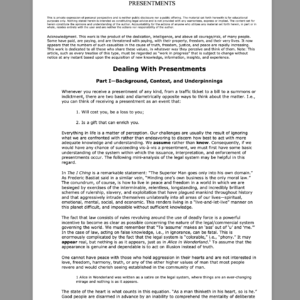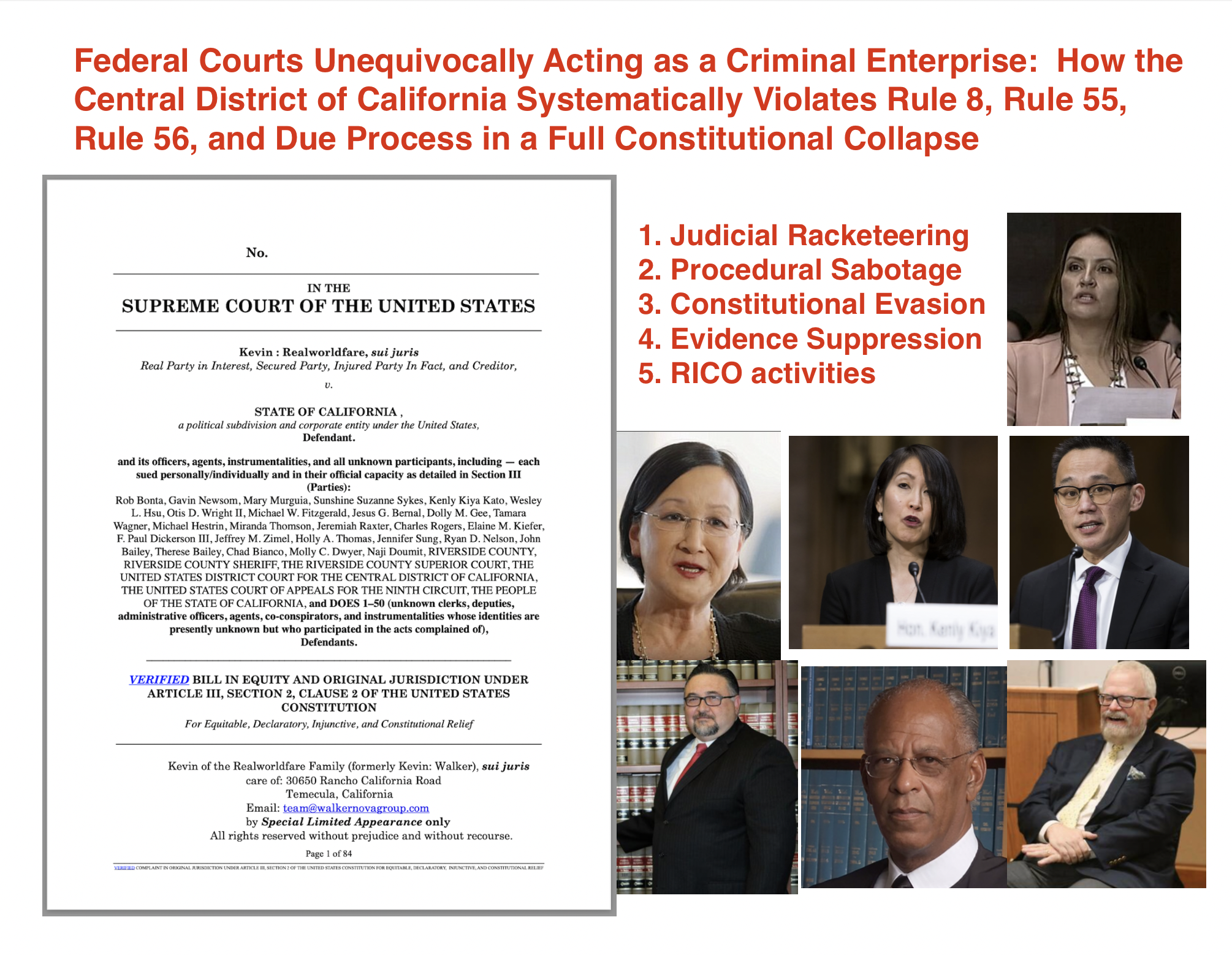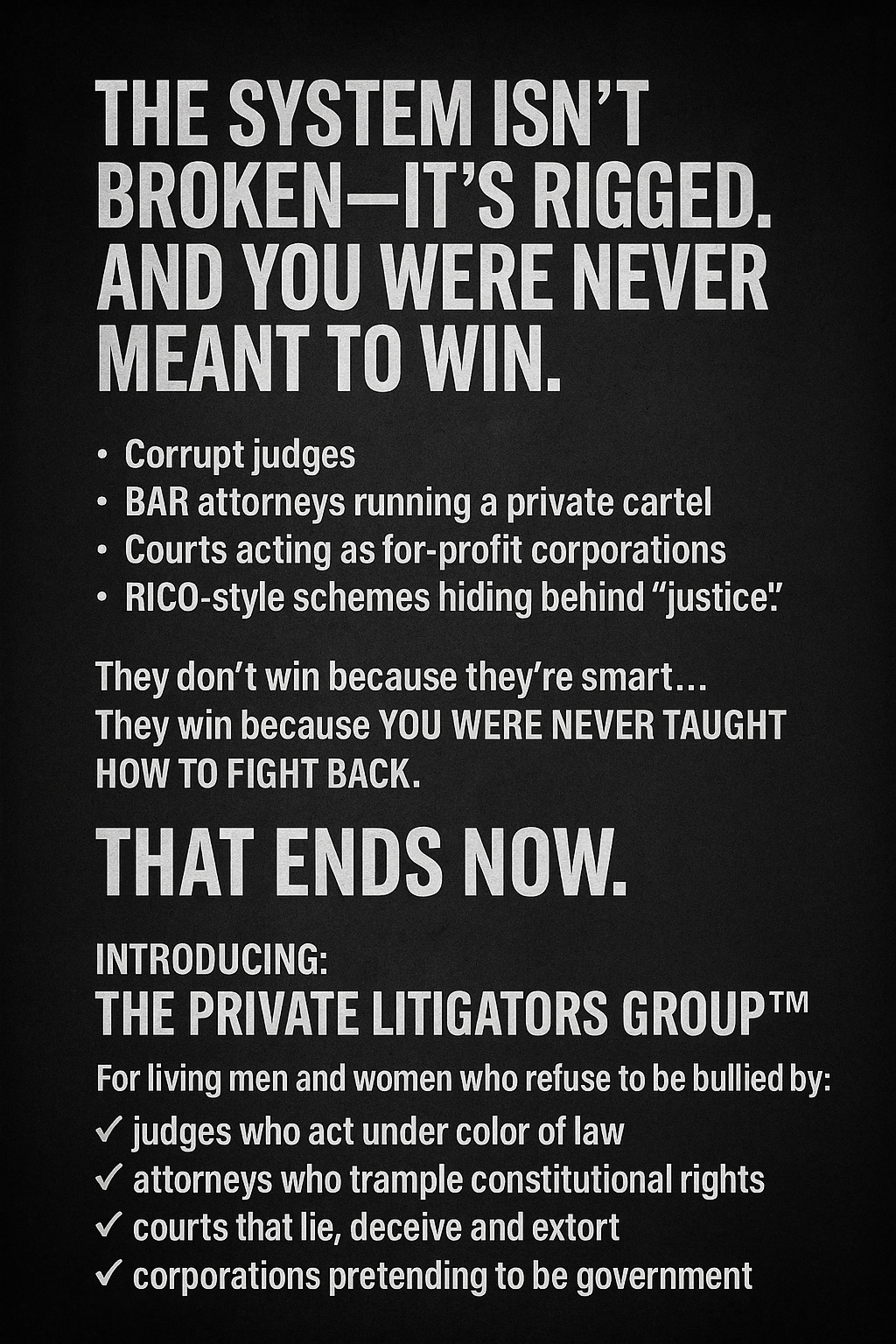In contract disputes, parol evidence is any agreement that is not contained within the written contract. Under the parol evidence rule, these agreements made outside of the contract are inadmissible in court unless there is evidence of fraud, duress, or a mutual mistake. The rationale behind the rule is to deter untruthful attacks on contracts.
The parol evidence rule bars extrinsic evidence, including prior or contemporaneous oral agreements and prior or contemporaneous written agreements, that contradict or create a variation of a term in writing that the parties intended to be completely integrated. In other words, any information leading up to or during a contract that is not included in writing is considered inadmissible evidence and is excluded from the jury. The jury will therefore only look at the writing within the document itself to decide a contract dispute.
The parol evidence rule is codified in U.C.C. § 2-202, which states that terms in a writing intended by the parties as a final expression of their agreement may not be contradicted by evidence of any prior agreement or of a contemporaneous oral agreement but may be explained or supplemented by course of dealing, usage of trade, or by course of performance; and by evidence of consistent additional terms unless the court finds the writing to have been intended also as a complete and exclusive statement of the terms of the agreement.
Terms with respect to which the confirmatory memoranda of the parties agree or which are otherwise set forth in a writing intended by the parties as a final expression of their agreementwith respect to such terms as are included therein may not be contradicted by evidence of any prior agreement or of a contemporaneous oral agreement but may be explained or supplemented
(a) by course of dealing or usage of trade (Section 1-205) or by course of performance (Section 2-208); and
(b) by evidence of consistent additional terms unless the court finds the writing to have been intended also as a complete and exclusive statement of the terms of the agreement .
One factor the court will look at to determine whether or not to admit extrinsic evidence is whether the written contract reasonably appears to be completely or partially integrated. If the written contract reasonably appears to be, in view of its completeness and specificity, a complete statement of the terms related to the deal, the court will view the written contract as completely integrated. As such, the court will not allow anything outside the writing itself, let alone anything that contradicts the writing. If the contract does not reasonably appear to be, in view of its completeness and specificity, a complete statement of the terms related to the deal, the court can allow consistent, additional terms to supplement the written contract unless those terms contradict the written contract.
There are two exceptions to the parol evidence rule: the collateral contract exception and the ambiguity exception.
Collateral Contract Exception
For the collateral contract exception, the court will look at preliminary evidence to determine if the contract was partially integrated. There are three conditions that must be met in order for the collateral contract exception to apply.
- The extrinsic agreement must, in form, be a collateral one.
- This means that the extrinsic agreement must not be distinct and independent from the original written agreement. For instance, the extrinsic agreement could be a side agreement to the original agreement that was made contemporaneously with or during negotiations. And, the same consideration for the original agreement must apply to the extrinsic agreement.
- The extrinsic agreement must not contradict the express or implied provisions of the written contract.
- The court gives primacy to writing and does not look at contradictory information. In Baker v. Bailey, 782 P.2d 1286 (Mont. 1989), the court refused to admit the parol evidence and enforce the extrinsic agreement because the court found that the original written contract was clear and definite and the extrinsic agreement contradicted the original written contract.
- The extrinsic agreement must be one that the parties would not ordinarily be expected to embody in the writing.
The court will apply the “ordinary or natural test,” which asks whether the extrinsic agreement is the sort of promise that one might reasonably expect to be in the original written contract. In Mitchill v. Lath, 247 N.Y. 377, 160 N.E. 646 (1928), the plaintiff purchased land from the defendant because, according to an extrinsic agreement, the defendant had allegedly promised to remove the ice house. The defendant did not remove the ice house before nor after the plaintiff’s purchase. The court enforced the rule of parol evidence and barred the extrinsic agreement because the court found that the removal of the ice house could be reasonably expected to be included in the original written contract.
Ambiguity Exception
If the language in the original written contract is reasonably susceptible to more than one meaning, the court will permit the admissibility of parol evidence to determine the meaning of the contract language under the ambiguity exception. The court may look towards the rules of statutory construction to determine whether the language is ambiguous.
The rationale for the ambiguity exception is that a judge should look at all credible evidence to determine the parties’ true intentions. If the parties’ intentions are found in a side agreement, generally this supersedes explicit written agreements.
Last updated in April of 2022.


